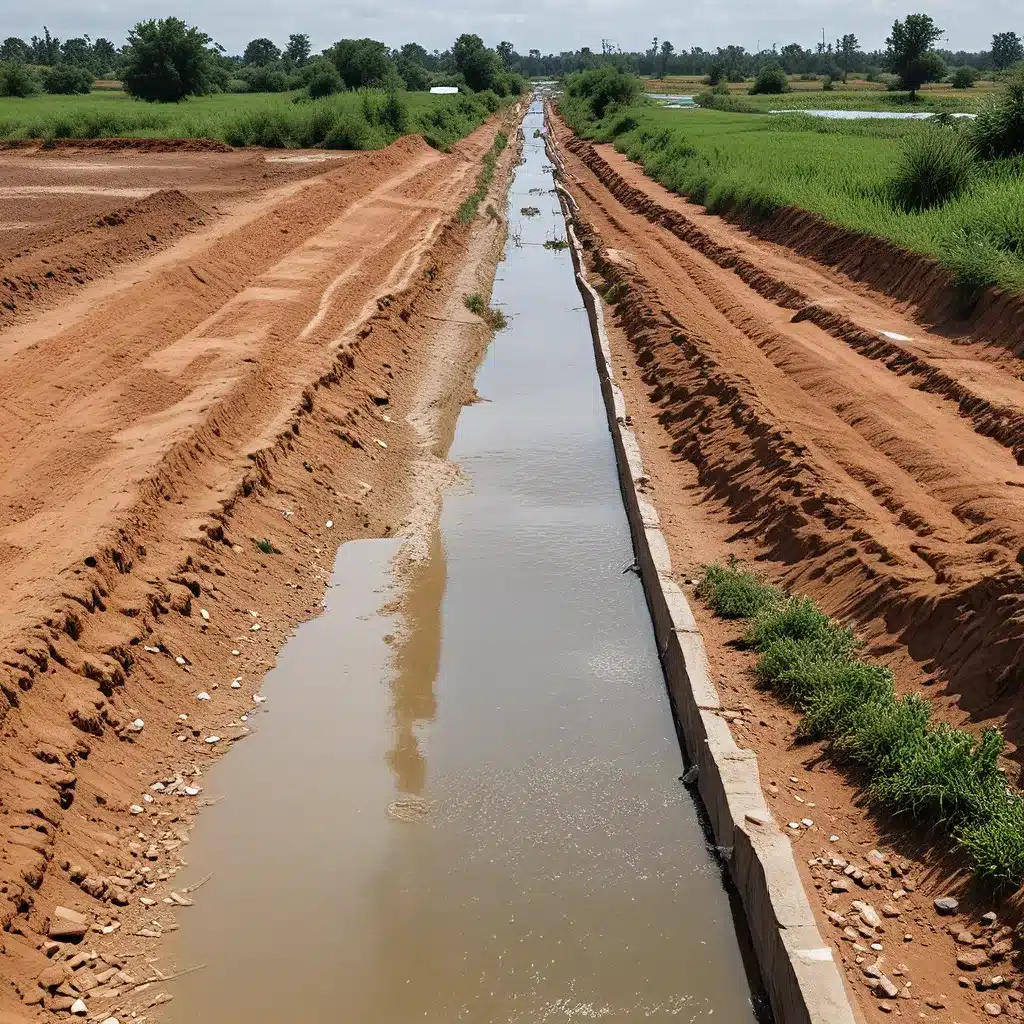
The Thirst for Change: Tackling Water Challenges through Strategic Investments
Water is the lifeblood of our planet – an essential resource that sustains ecosystems, fuels economies, and nourishes communities. But as the world grapples with the impacts of climate change, population growth, and urbanization, our water infrastructure is facing unprecedented challenges. The time has come to rethink how we finance and invest in this vital resource.
As the CEO of Inland Waters, I’ve seen firsthand the crucial role that sustainable financing plays in shaping the future of water infrastructure. It’s a complex and multifaceted challenge, but one that presents immense opportunities for those willing to dive in.
Just picture it – a world where every drop of water is treated with care, where communities have reliable access to clean and abundant supplies, and where our ecosystems thrive. It’s a vision that’s within our reach, but it requires a shift in mindset and a commitment to innovative solutions.
Navigating the Choppy Waters of Water Financing
The OECD has been at the forefront of exploring the complexities of water financing, and their insights are invaluable. They highlight the need for a comprehensive approach that considers the 3Ts – Tariffs, Taxes, and Transfers – to bridge the financing gap and mobilize the resources required for water infrastructure investments.
Tariffs, the fees that consumers pay for water services, are a crucial component of the equation. By ensuring that water is priced appropriately, we can encourage conservation, fund maintenance and upgrades, and create a sustainable revenue stream. But tariffs alone are not enough – we must also consider the equity implications, ensuring that access to clean water remains affordable for all.
Taxes, on the other hand, provide a way for governments to allocate public funds towards water infrastructure projects. The EU Taxonomy has been a game-changer in this regard, establishing a common classification system for sustainable economic activities and helping to direct investments towards the most impactful water-related initiatives.
Finally, Transfers – the influx of external funding from sources like development assistance, philanthropic donations, or international financial institutions – can be a powerful catalyst for change. By leveraging these diverse funding streams, we can unlock the resources needed to tackle some of the most pressing water challenges.
But here’s the thing – balancing these 3Ts is no easy feat. It requires collaboration across government, industry, and civil society, as well as a deep understanding of the unique circumstances and needs of each community. Therein lies the challenge, but also the opportunity.
Diving into Innovative Financing Strategies
As we navigate the choppy waters of water financing, a growing number of innovative strategies are emerging to help us chart a course towards a more sustainable future. Let’s dive into a few of them:
Blended Finance: Unlocking the Power of Collaboration
Blended finance is a strategic approach that combines public, private, and philanthropic funding to tackle complex development challenges. In the water sector, this could mean partnering with impact investors, development banks, or even tech giants like Starbucks (who recently committed over $50 million to sustainable waste and water funds).
By pooling resources and aligning incentives, blended finance models can unlock larger-scale investments, share risks, and drive more impactful outcomes. It’s a powerful way to leverage the strengths of diverse stakeholders and create a ripple effect of positive change.
Payments for Ecosystem Services: Valuing Nature’s Contributions
Another innovative approach is Payments for Ecosystem Services (PES). This mechanism recognizes the vital role that nature plays in regulating water flows, filtering pollutants, and maintaining healthy watersheds. By compensating landowners or communities for their ecosystem stewardship, PES schemes can incentivize sustainable land management practices and ensure the long-term viability of our water resources.
Imagine a future where every sip of water we take is backed by a thriving, resilient ecosystem – that’s the power of PES. It’s a win-win for both people and the planet, and a powerful tool in the sustainable financing toolkit.
Green Bonds: Channeling Capital towards Sustainability
In recent years, green bonds have emerged as a way for governments, municipalities, and even corporates to raise funds for water infrastructure and other environmentally-friendly projects. These specialized bonds carry a commitment to use the proceeds for sustainable initiatives, attracting socially-conscious investors and helping to drive the flow of capital towards the water sector.
The beauty of green bonds lies in their ability to create a virtuous cycle – as more investors recognize the value of water infrastructure, the demand for these financial instruments will grow, leading to more funding and, ultimately, more sustainable solutions.
Navigating the Uncharted Waters of Water Financing
As we embark on this journey towards a more sustainable water future, it’s clear that the path forward is not a straight line. There will be challenges, uncertainties, and even the occasional surprise along the way. But with a commitment to innovation, collaboration, and a keen eye for the long-term, I believe we can navigate these uncharted waters and create a world where water is valued, protected, and accessible to all.
So, let’s dive in, shall we? The future of our water infrastructure is waiting, and the time to act is now.


